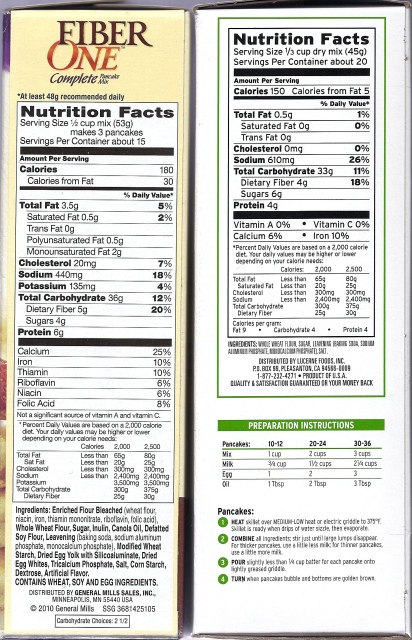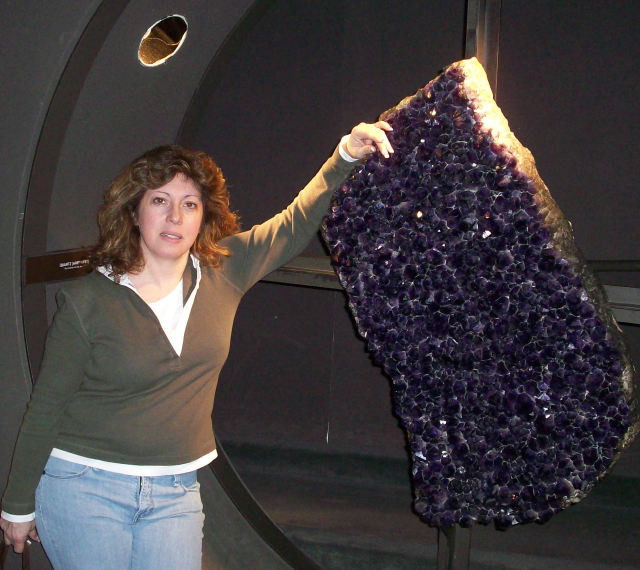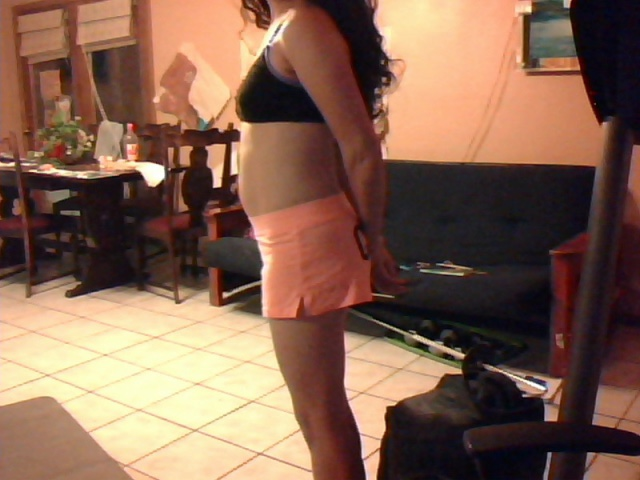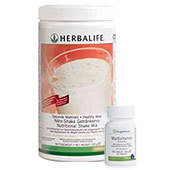Juicers and Blender for your health
Question
Hello,
Thank you for taking the time to read my e-mail. I enjoy eating fruits and vegetables but would like to consume more of them. Some of my main health concerns are to help lower LDL cholesterol, lower my weight, and just feel better. I understand the when you use a juicer you are extracting the juice from your fruit or vegetable and the body can absorb the nutrients faster and more efficiently. However, when you use a blender you you are putting more fiber into your drink but it is harder for your body to digest the enzymes and you are not getting all the nutrients. So here is my questions, how can I get the advantages of both a juicer and blender? Can I save the pulp from the juicer and then blend it together to get the benefits of the fiber. Is there any studies conforming that when juicing you will lower the LDL cholesterol. My main goal is to lower my LDL cholesterol, what do you recommend?
Thank you,
John
Hi,
You shouldn抰 try to increase your consumption of fruits and vegetables too much, at the expanse of other food groups... As long as you have a balanced diet of all food groups you should be ok for reducing LDL levels.
I say balanced as many people get too focused on certain nutrients, minerals or supplements, at the detriment of other important nutritional requirements. All minerals, vitamins and foods tend to work together in different ways to maintain an optimum health.
Blending juice you extract as much juice as possible, leaving behind simply the fibres of the fruit or vegetable. Our bodies only take in a fraction of the available nutrients, either because we only consume part of the fruit or the nutrients don't get a chance to be fully extracted. Or if they do, it is after a lengthy digestion process.
Pure juice gets to your system quicker and if you can get near 100% of the original product as the vast bulk of the nutrients are in the skin.
Nuts contain a lot of healthy fats plus other nutrients which will help lower LDL cholesterol. However, you must eat them in moderation because they are high in calories.
To lower LDL cholesterol do not eat foods high in saturated fat. Saturated fats (fats that are solid at room temperatures) these are found in meats and dairy products (ice cream, butter, whole milk, cheese).
Vegetables do not produce cholesterol - only animals do. Eating fresh vegetables and fruit we will lower LDL concentrations. Oils made from vegetables (corn oil, peanut oil) and fruits (olive oil, safflower oil) are cholesterol free. These oils do have fats, but they are the more heart-friendly monounsaturated and polyunsaturated varieties. So use these oils for frying or baking to lower LDL cholesterol.
If the label says 'hydrogenated fats' or 'partially hydrogenated' fats - these are 'trans fats' and along with saturated fats are classified as 'bad fats'. Trans fats are found in junk food like donuts, cookies, potato chips, etc and in fast-foods. Bad fats will raise your LDL cholesterol blood concentration, so limit your intake of them. Most government health committees say that saturated and Trans fats should make up less than 7 percent of your daily calories.
Cereals and fruit juices are good for you. Watch out for fruit juices that have a large amount of sugar. Choose cereals that are based on pure natural substances.
Eat yogurt which is low in fat and sugar. Tuna fish (in brine) is good for you as ell as salmon, and egg whites. Use whole-wheat (or other grain) bread. Get bread as close to the natural state of the grain as possible (no white bread).
Thanks.
Related Articles
-
Diet Help Needed
QuestionHi, I am a 24 y/o female, 57 tall and currently weigh 234
-
Foods With Iron It It
QuestionIs there anything besides spinach. I cant eat spinach. So
-
Muscles or fat?
QuestionIm 12, with a height of 160cm, and a weight of 44.2kg. I
-
Gaining weight around my middle
QuestionThe fact is, ive been unhappy for a 2years. I turned 35,
-
soy protein
QuestionI have been advised by my heart specialist to take 25 grm
-
TRANSFAT :-(
QuestionHI:Is there any amount of transfat thats acceptable? than




